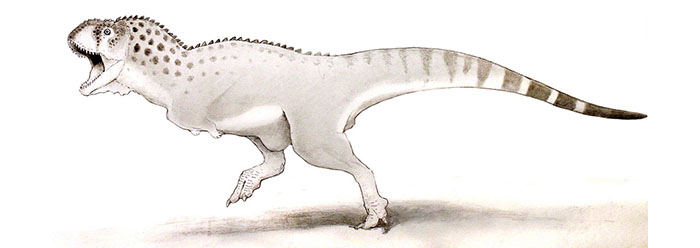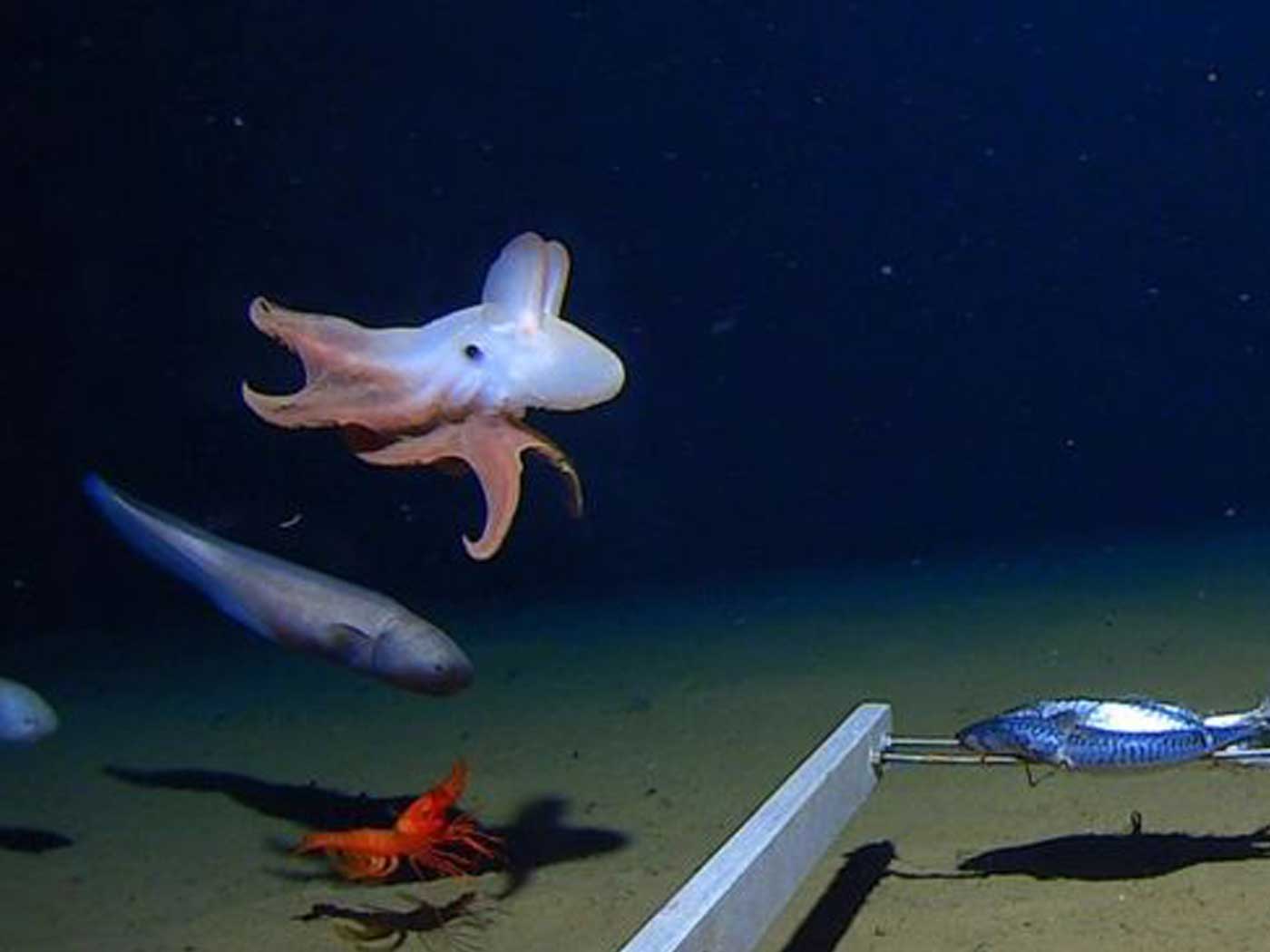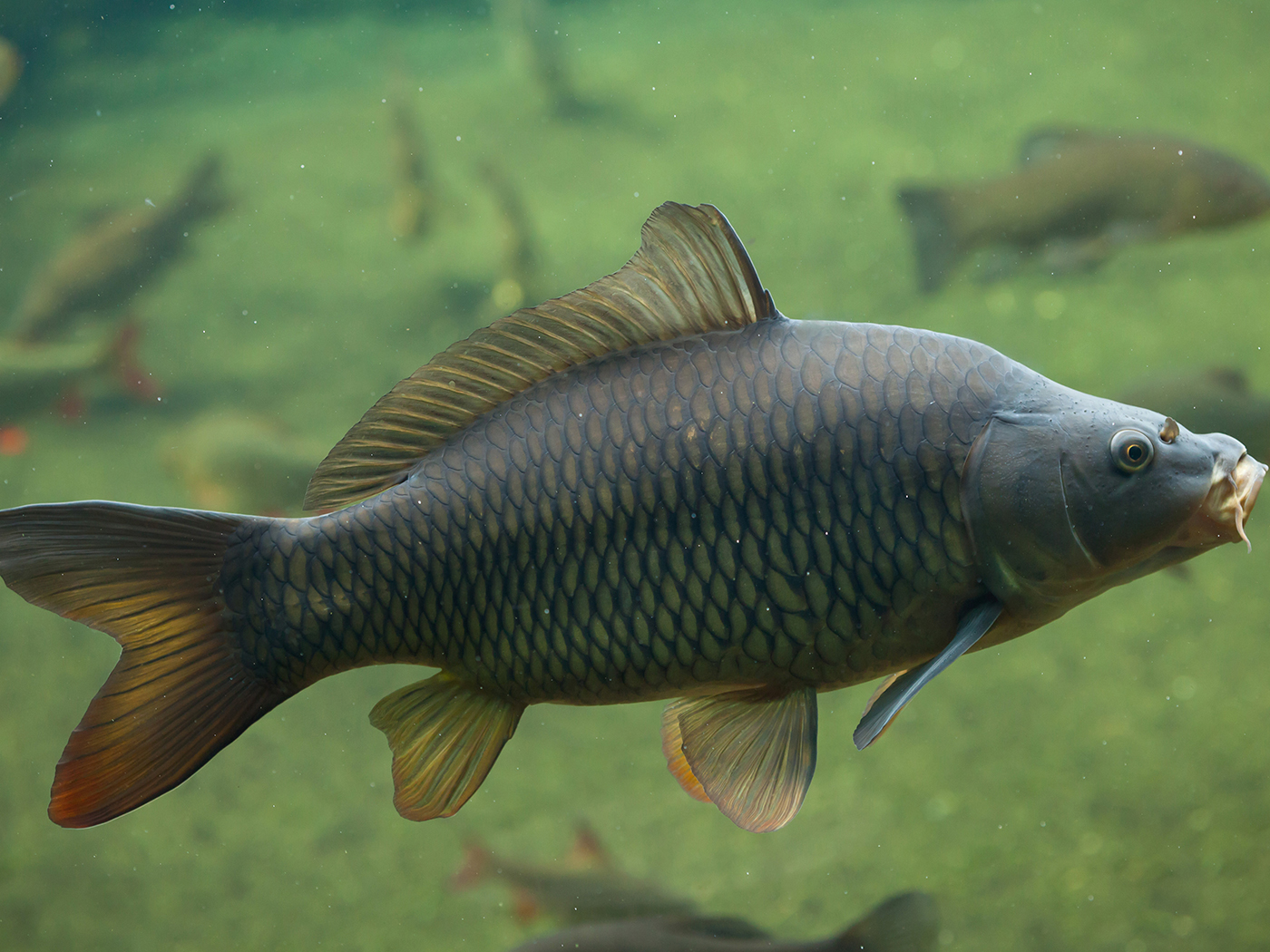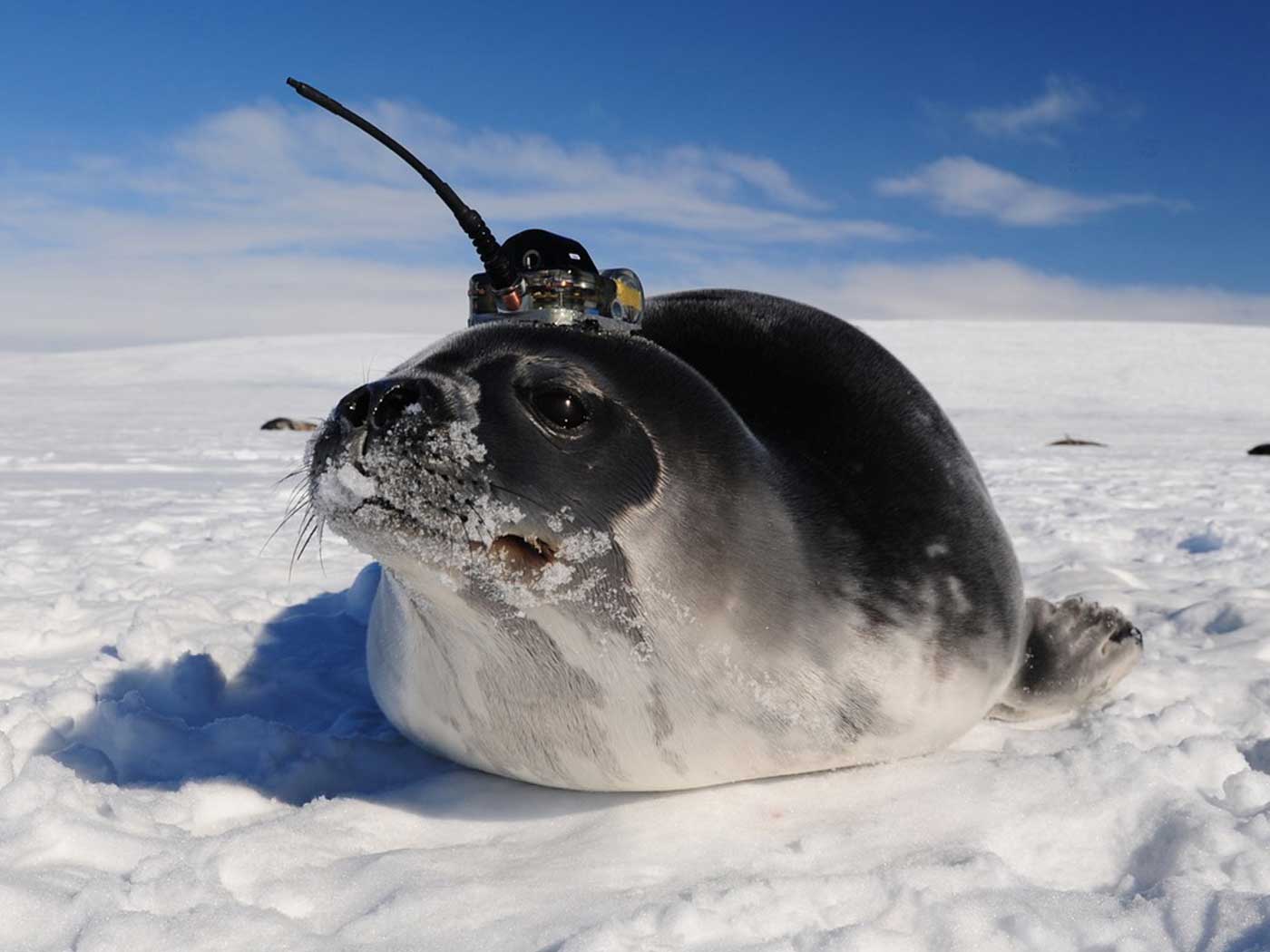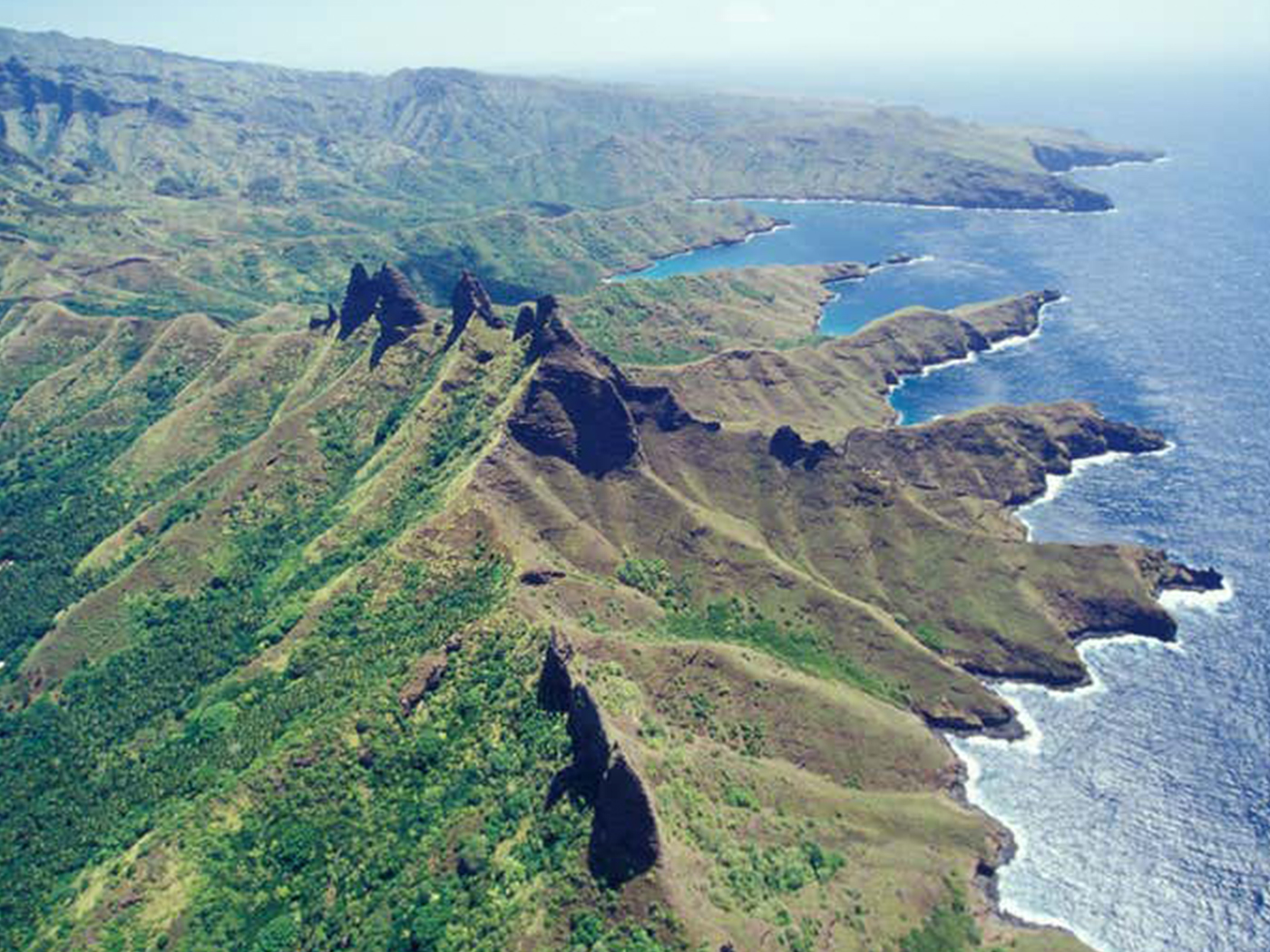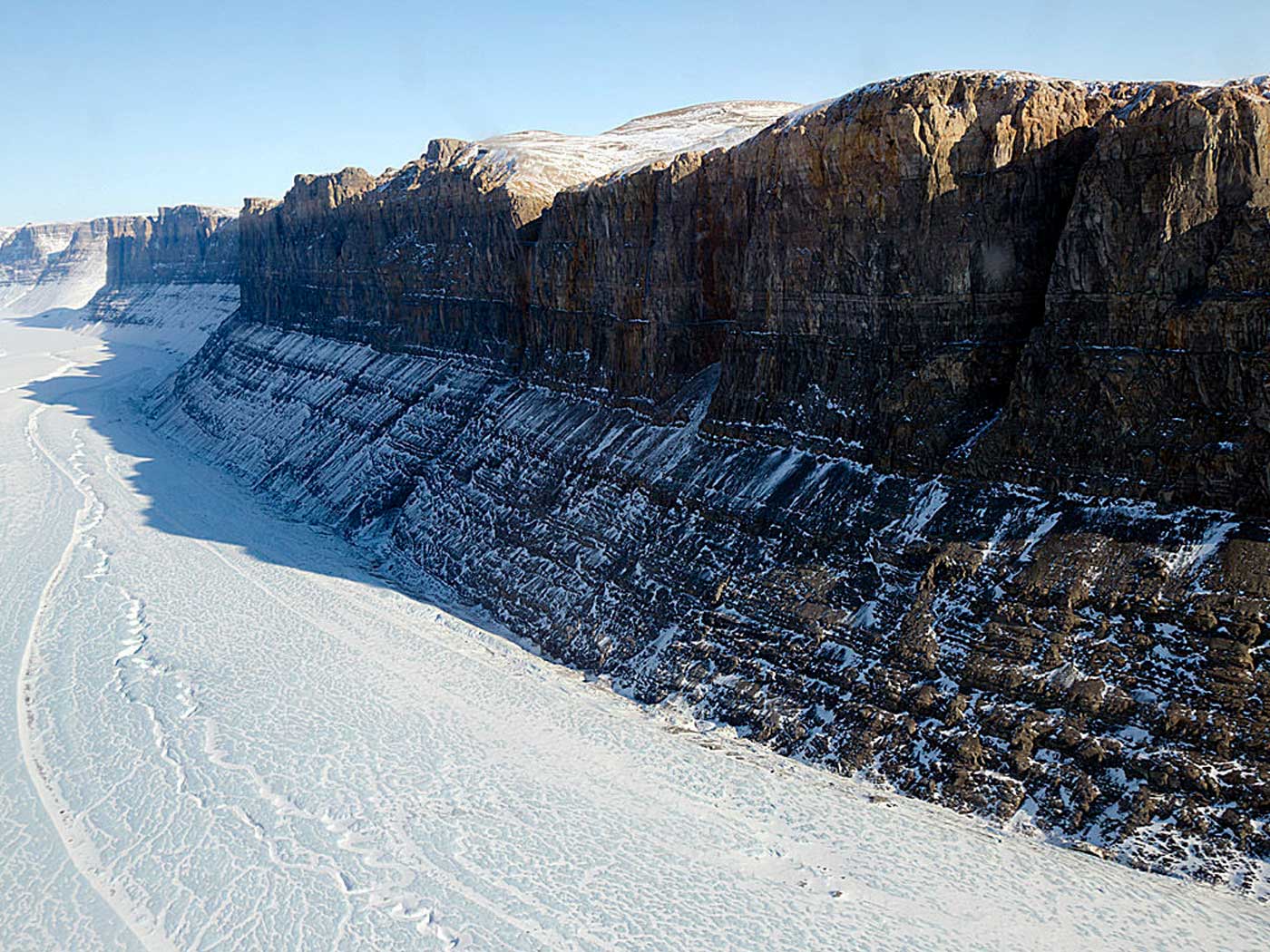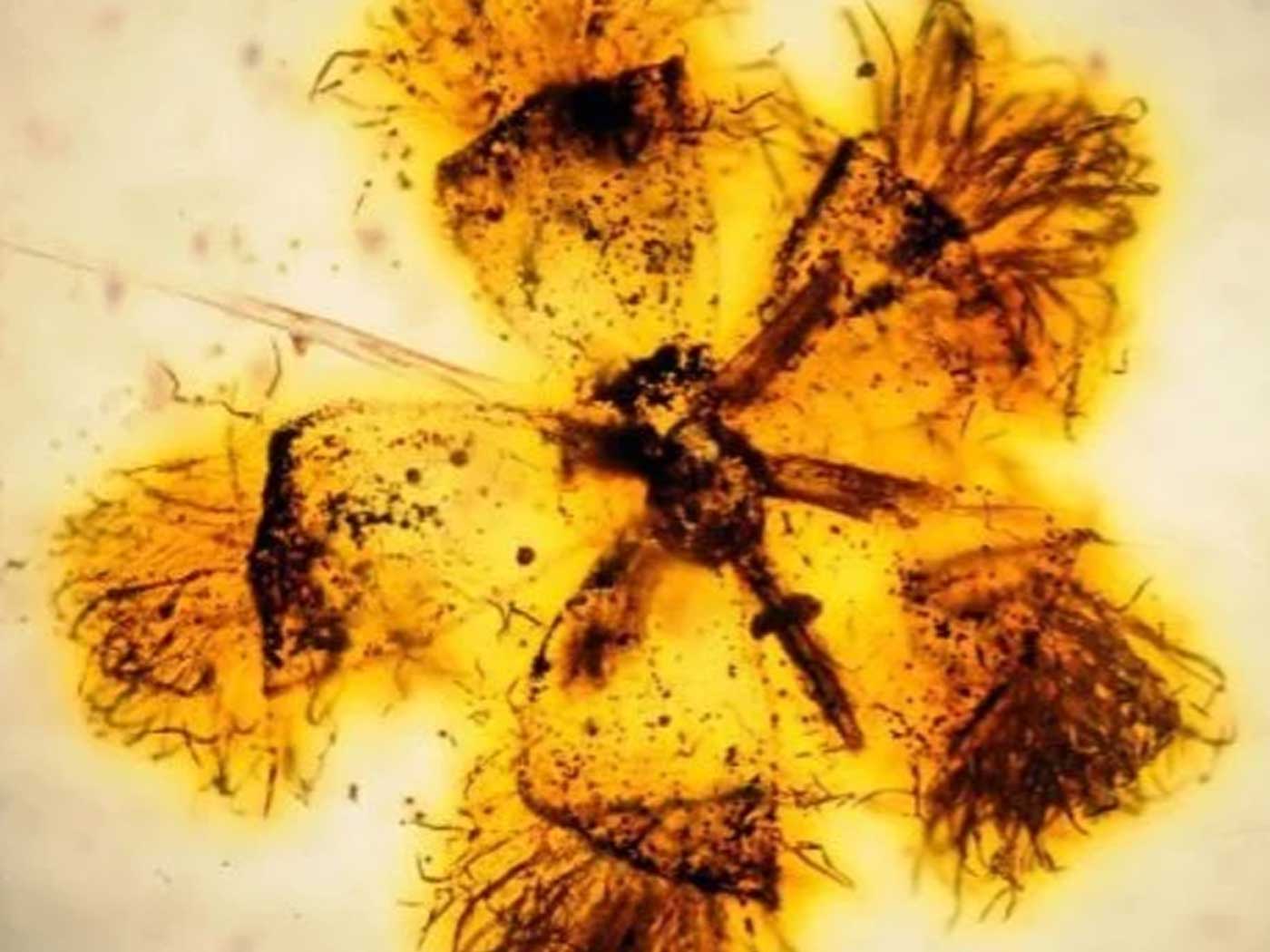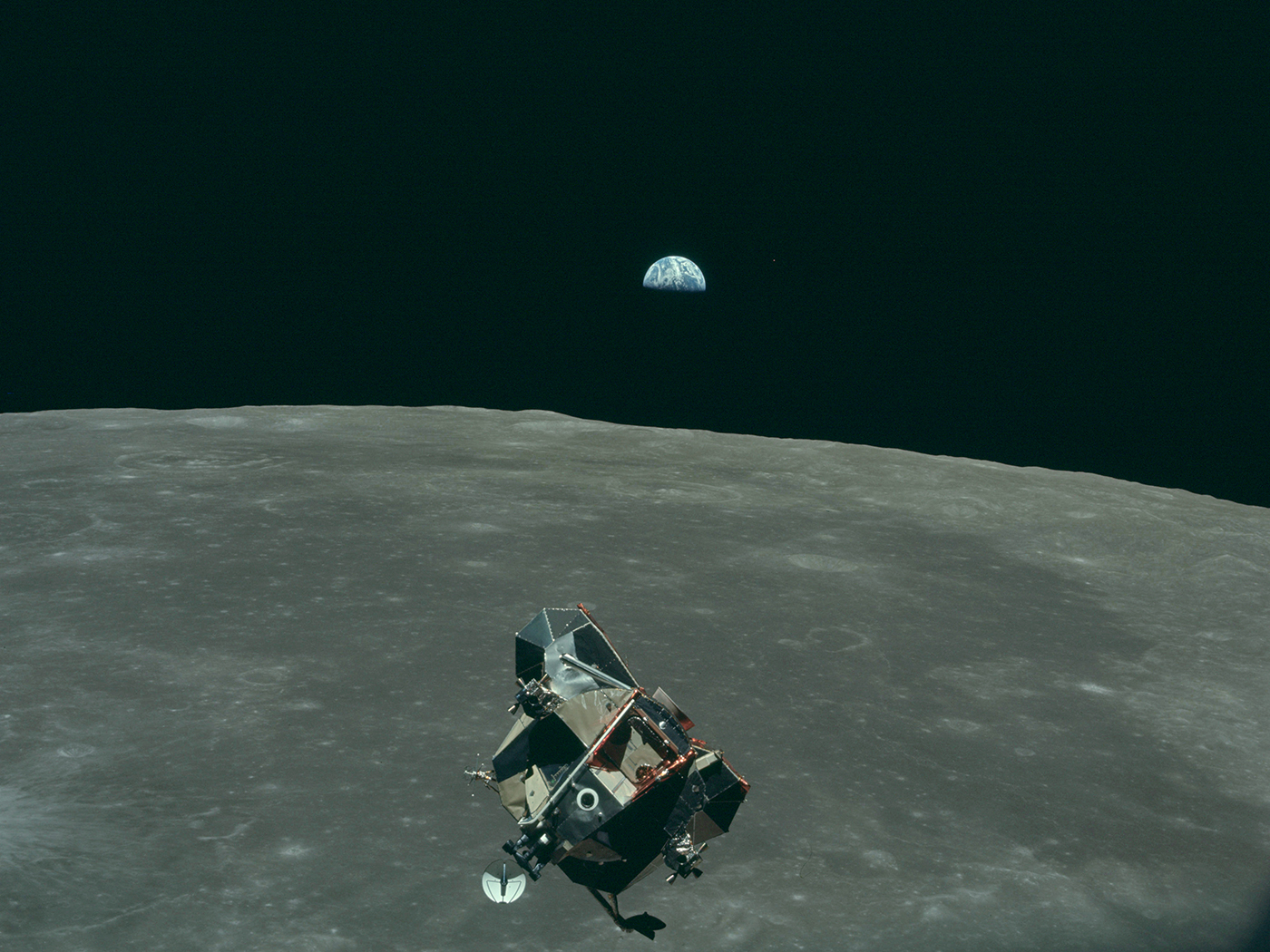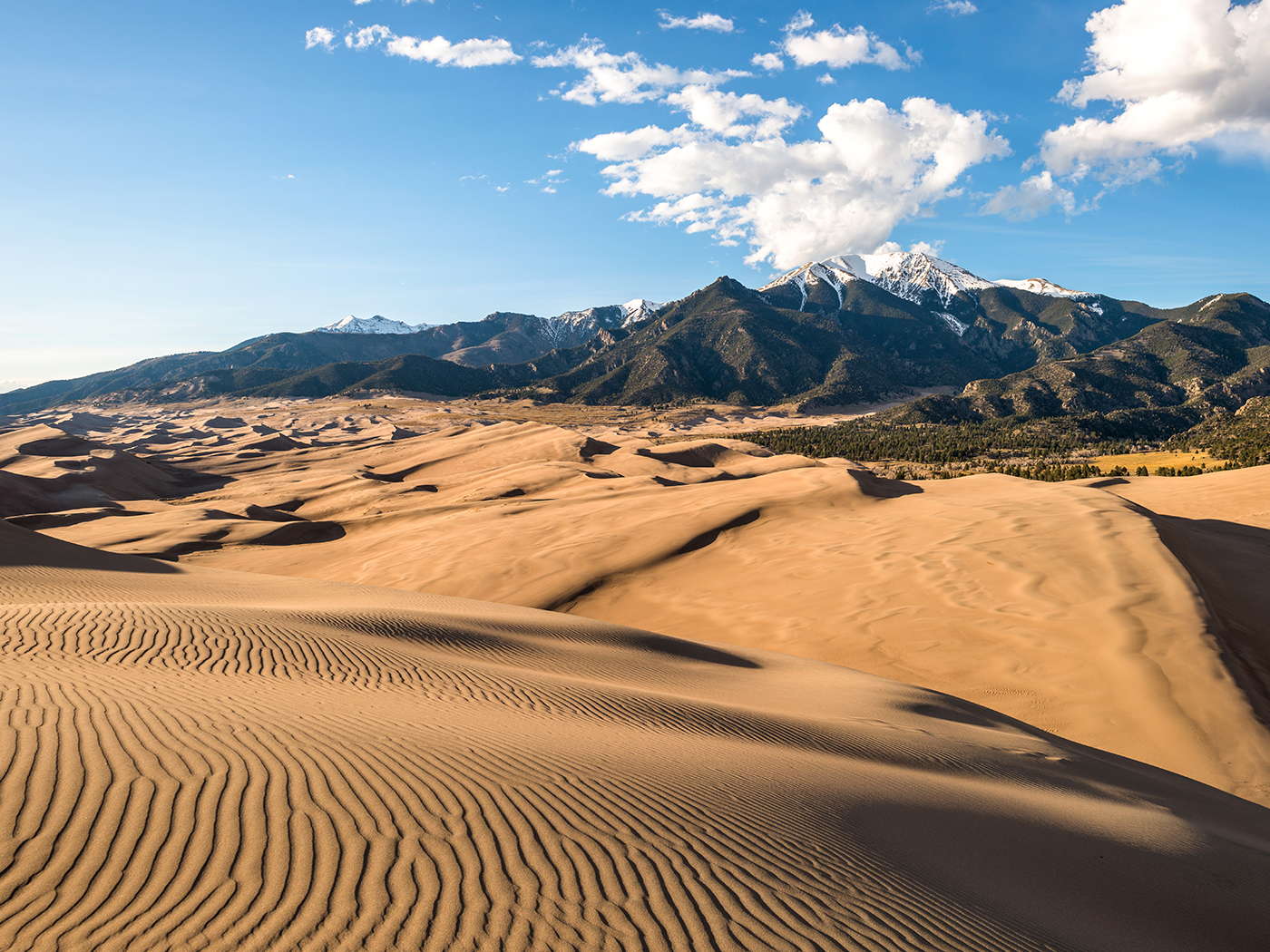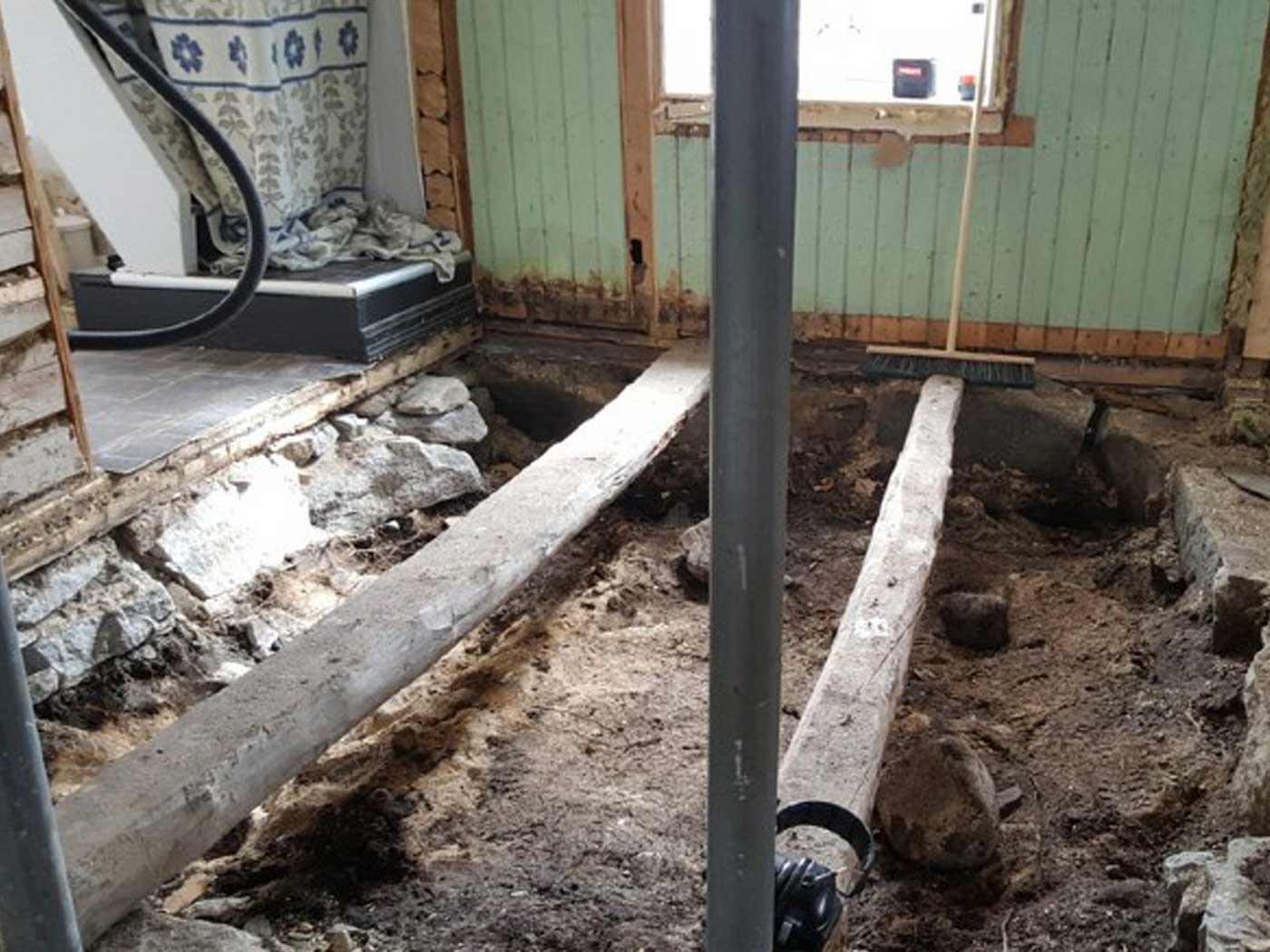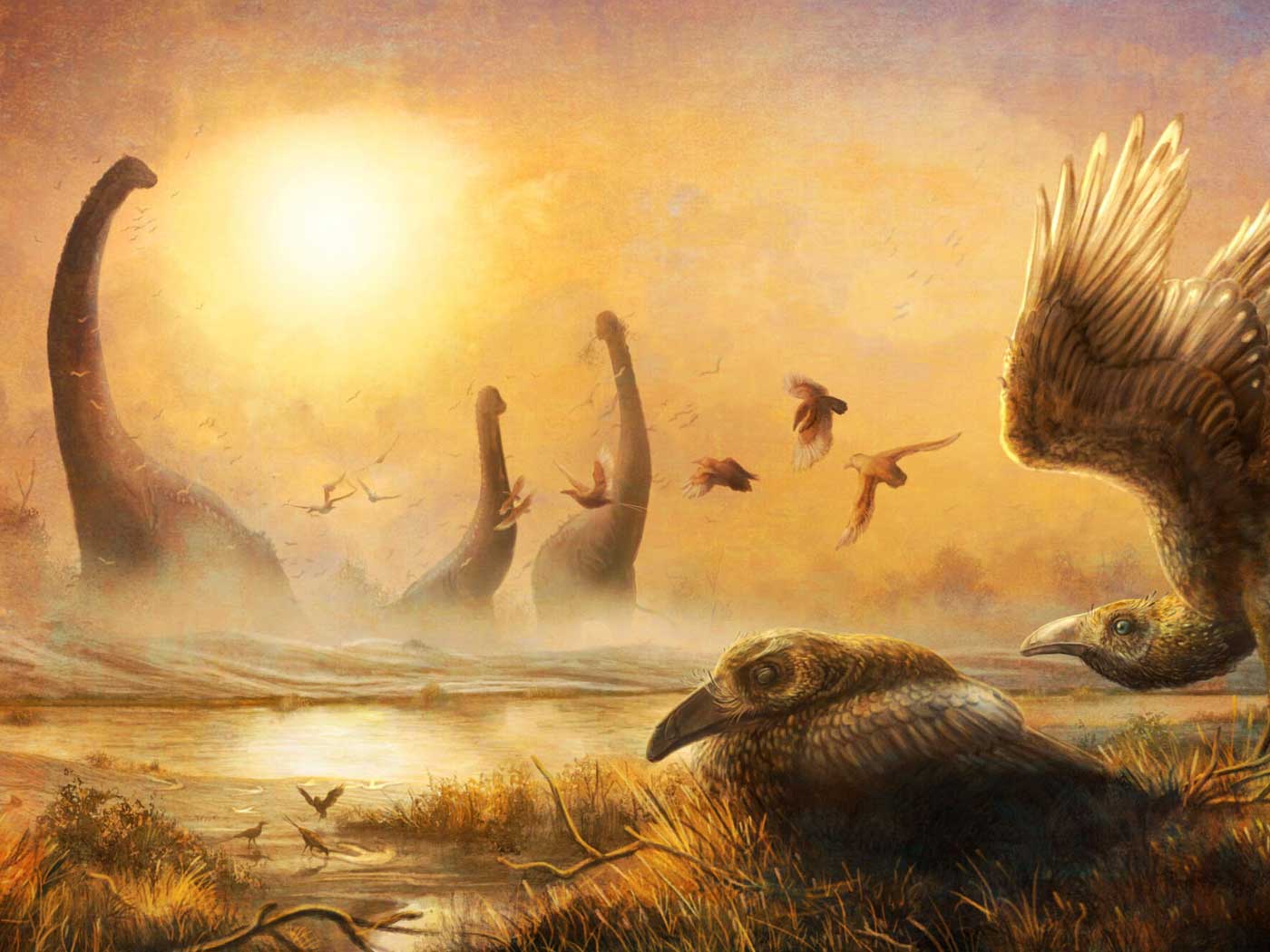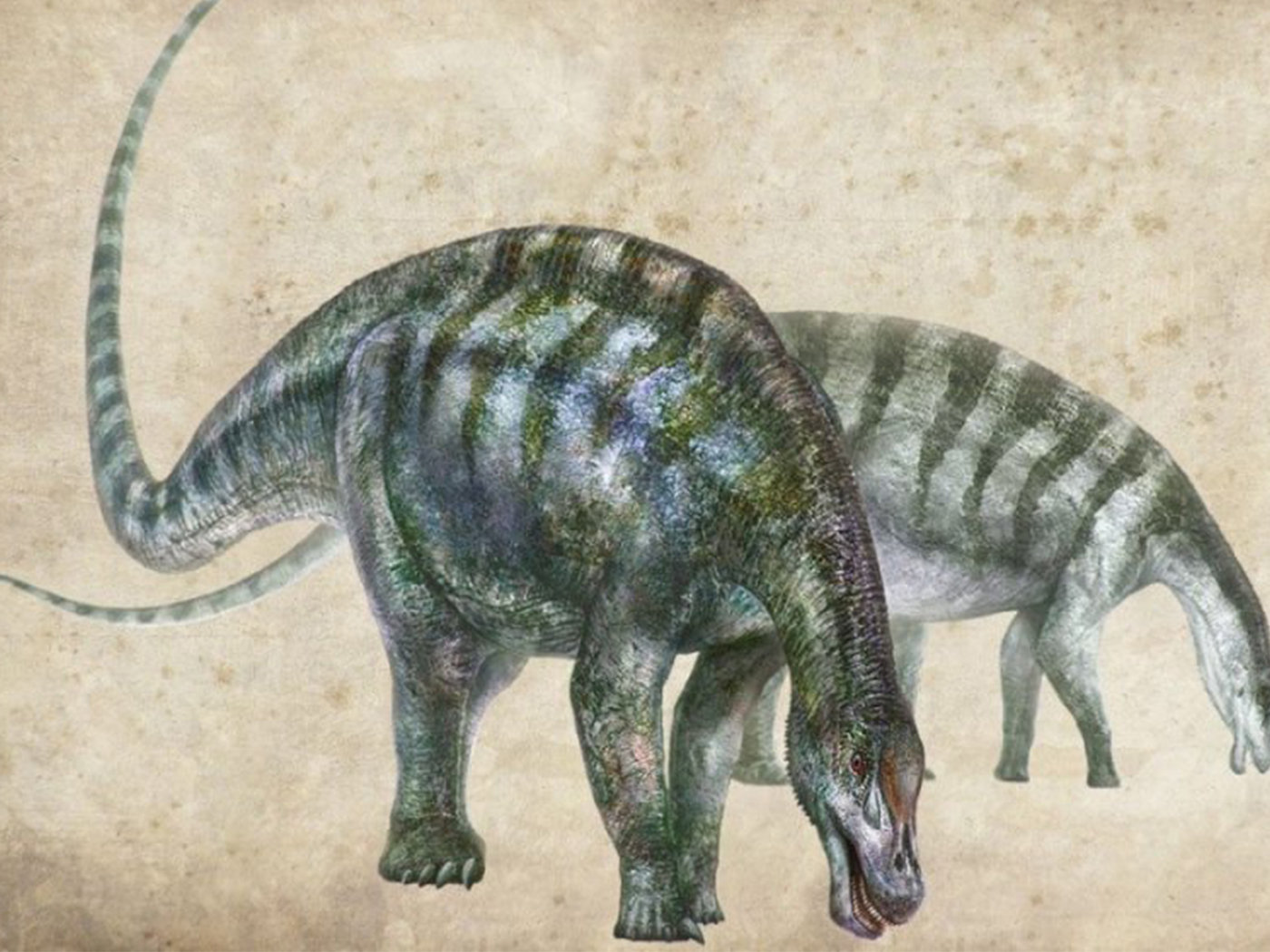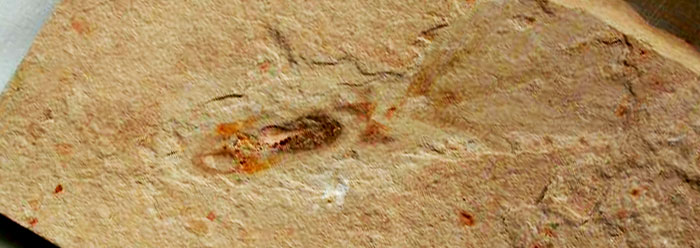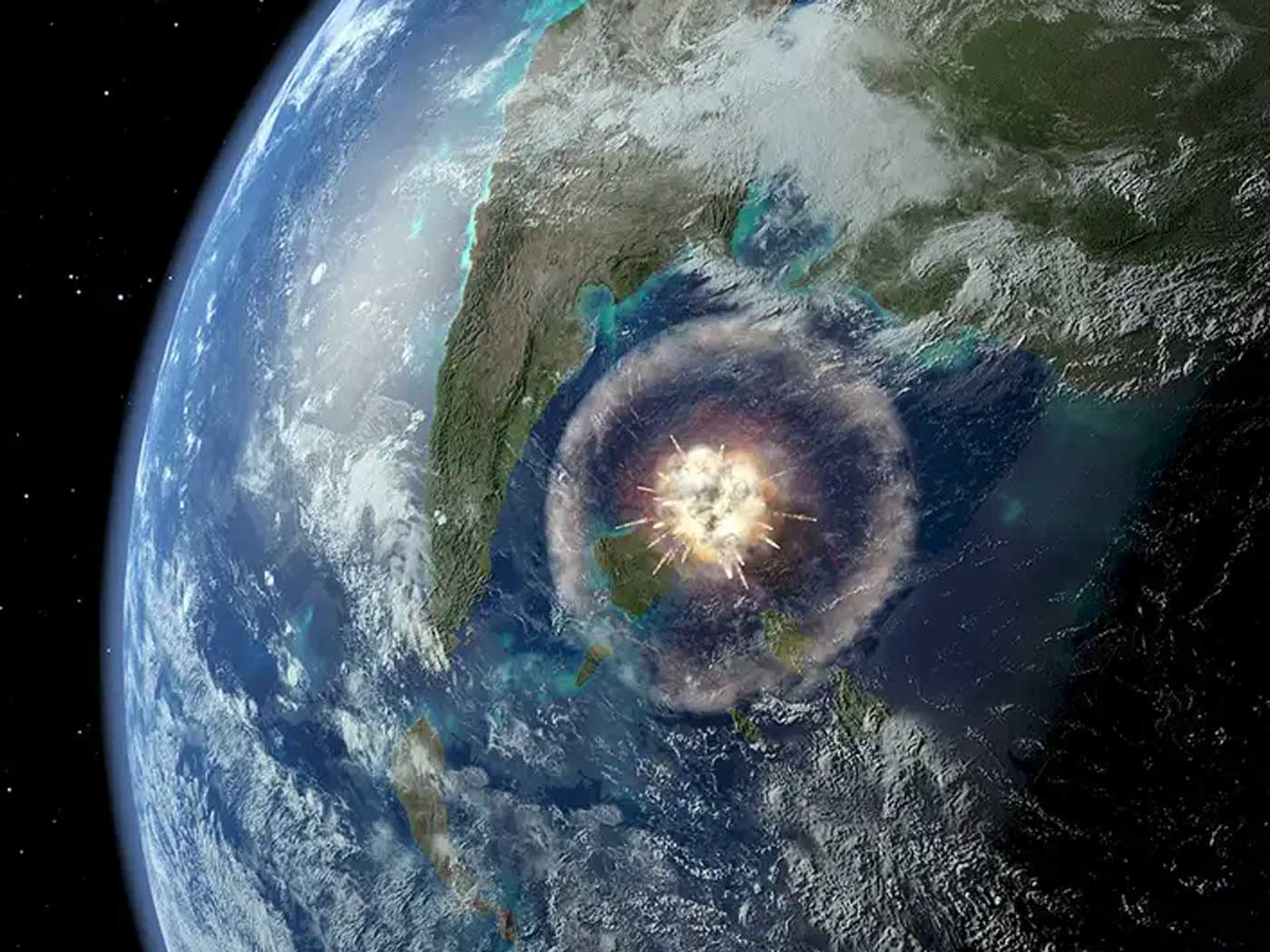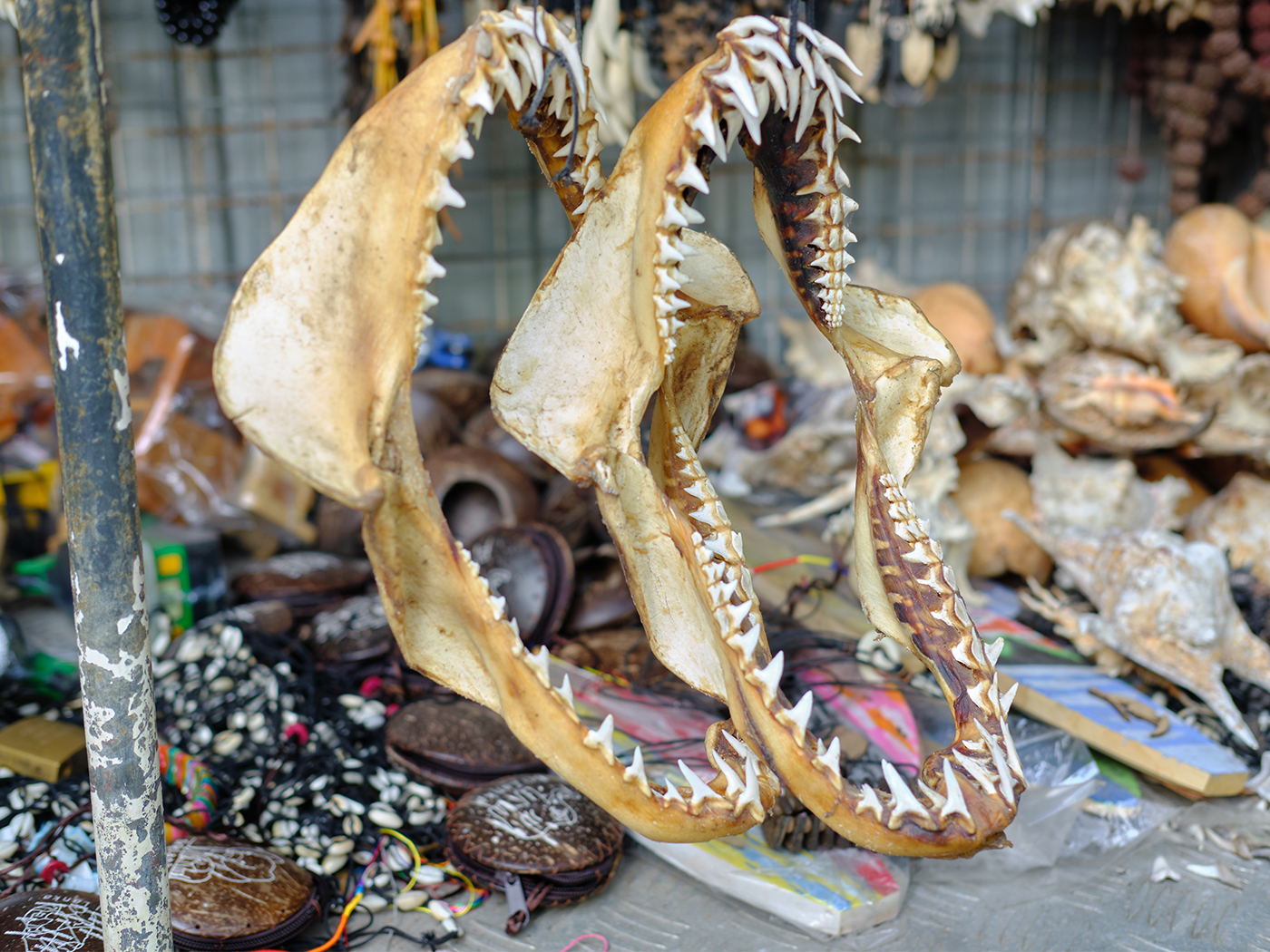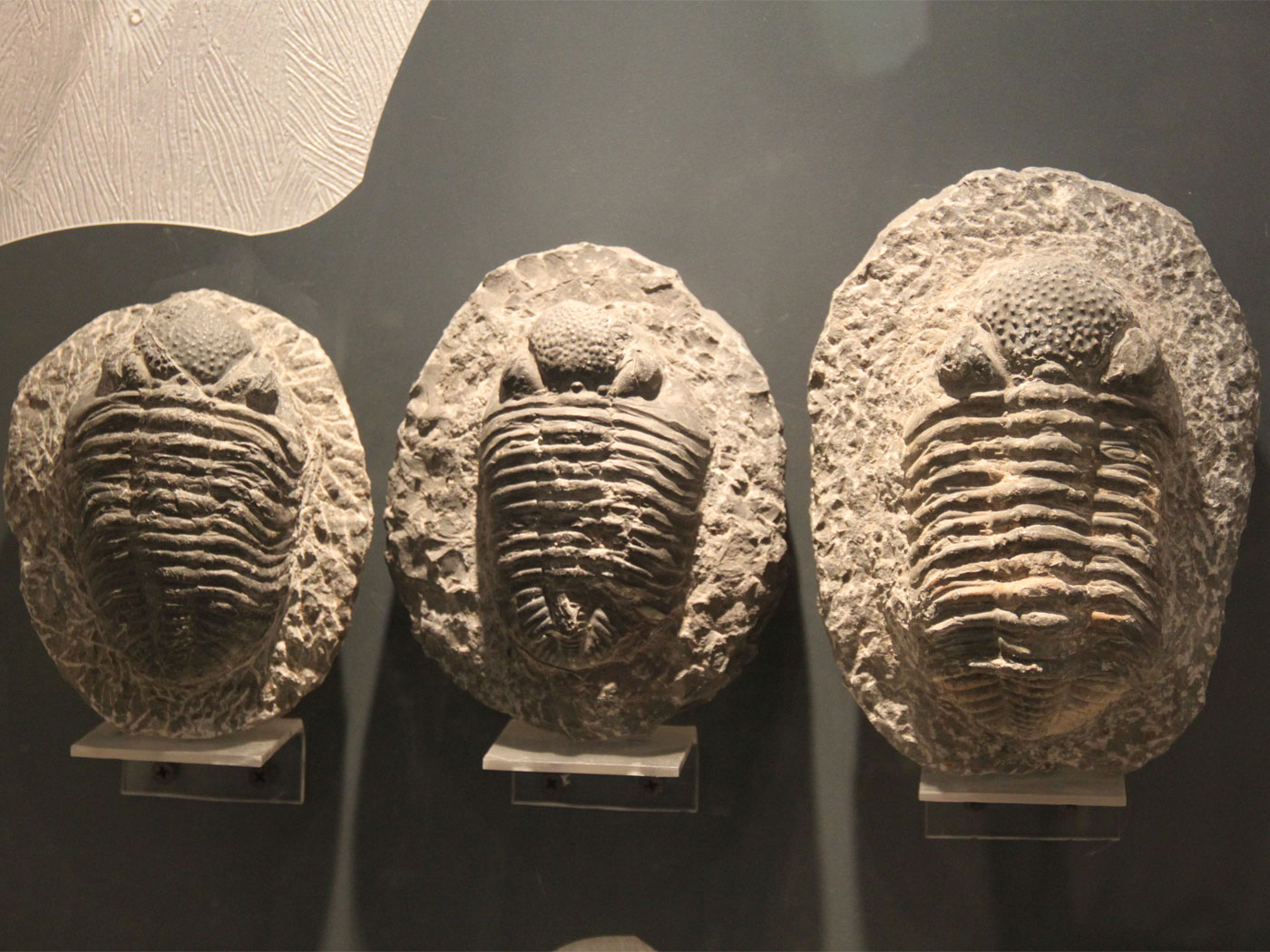Scientists have identified a large slab of cold oceanic lithosphere1 dipping far beneath China.2 The newly imaged plate is presumably a leftover piece of ocean that was consumed as the Indian subcontinent collided with Asia, forming the Himalayan Mountains. However, its high seismic velocity and apparent cold temperature indicate fast emplacement befitting runaway subduction, catastrophic plate tectonics, and a recent global Flood.
Seismologist Fenglin Niu from Rice University said, “A lot of studies suggest that the slab actually deforms a lot in the mantle transition zone, that it becomes soft, so it’s easily deformed.”3
In Nature Geoscience, Niu and his colleagues reported that they placed 140 seismic receiving stations across northeastern China to collect earthquake data.2 These data were then used to image the subsurface down through the mantle transition zone between 250-400 miles deep.
The scientists determined that the subducted ocean slab dipped about 25 degrees under China, extended 400 miles into the mantle, and was still flat—relatively undeformed.3 Both the top and bottom of the former oceanic platewere visible, indicating that the plate has not assimilated with the surrounding mantle. In fact, the seismic velocity data indicate that the slab is still rather cold.
At today’s rates of plate motion, it would take between six and ten million years for the subducted oceanic lithosphere to reach a depth of 400 miles (the base of the transition zone). This is ample time for the plate to have warmed and even partially melted. So, why is the plate still visible, including its flat top and bottom surfaces? And why do the seismic velocities indicate it’s still cold compared to the surrounding hot mantle?
Creation geoscientist Dr. John Baumgardner proposed a novel explanation for these cold plates found deep in the mantle.4 Baumgardner suggested that the relatively cold, pre-Flood oceanic lithosphere was completely destroyed during the year-long Flood and rapidly replaced with today’s younger and hotter oceanic lithosphere. The piece of oceanic lithosphere consumed between India and Asia was just part of this year-long event.
In addition, Baumgardner found that once the older and colder oceanic lithosphere began to subduct, it would speed up and drop into the less-dense hot mantle like a lead fishing weight in water.4 He referred to this as “runaway subduction.” He suggested that during the Flood year, plate movement rates were in meters per second, not, as observed today, in centimeters per year.
Cold remnants of ocean plates are not just found beneath China. Modern seismic tomography data confirm runaway subduction also occurred elsewhere. Internal images of the mantle show visible slabs of oceanic lithosphere continuing down hundreds of miles beneath many ocean trenches and in subduction zones across the Pacific Ocean.5 Some of these cold slabs even extend to the top of the outer core.6
Furthermore, the subduction of the oceanic lithosphere between India and Asia and the formation of the Himalayan Mountains took place entirely during deposition of the Cenozoic strata. This is well after the K-Pg (Cretaceous-Paleogene) boundary and suggests that the Flood/post-Flood boundary is much higher than the K-Pg level.
In fact, approximately one-third to one-half of the world’s current oceanic lithosphere formed during the Cenozoic interval (Paleocene through Pliocene). This also means that equal amounts of older oceanic lithosphere, like the massive slab beneath China, had to be simultaneously destroyed through rapid subduction.
If the Flood/post-Flood boundary is placed at the K-Pg, huge earthquakes generated by continuous catastrophic plate motion would have devastated humans or animals trying to survive after the Flood.7 Further, tsunami-like waves generated by the earthquakes would have ravaged the land surface, crashing massive volumes of sediment-laden water across the continents.
However, ICR’s scientists place the post-Flood boundary at about the N-Q (Neogene-Quaternary) level, near the top of the Cenozoic.7-8 This eliminates nearly all catastrophic plate motion in the post-Flood period and any disasters associated with runaway subduction.
The cooler temperatures exhibited by subducted slabs of lithosphere in the mantle create a thermal dilemma for secular and old-earth geologists. They must demonstrate how these slabs could have remained cold for millions of years. Cold subducted slabs like the one below China are best explained by runaway subduction thousands of years ago during the global Flood.6
Stage image: Tomography image of subducted slab beneath the surface of northeastern China.
Stage image credit: F. Niu/Rice University. Copyright © 2020. Adapted for use in accordance with federal copyright (fair use doctrine) law. Usage by ICR does not imply endorsement of copyright holders.
References
1. Lithosphere is the outer 62-mile-thick layer of the earth and includes the crust and the uppermost mantle below the crust. Fused together, they compose a tectonic plate.
2. Wang, X. et al. 2020. Distinct slab interfaces imaged within the mantle transition zone. Nature Geoscience. 13: 822-827.
3. Hays, B. 2020. Scientists show former piece of Pacific Ocean floor sliding beneath China. UPI. Posted at UPI.com November 16, 2020, accessed December 2, 2020.
4. Baumgardner, J. 1994. Runaway Subduction as the Driving Mechanism for the Genesis Flood. In Proceedings of the Third International Conference on Creationism. R. Walsh, ed. Pittsburgh, PA: Creation Science Fellowship Inc., 63-75.
5. Schmandt, B., and Fan-Chi Lin. 2014. P and S wave tomography of the mantle beneath the United States. Geophysical Research Letters. 41: 6342-6349.
6. Clarey, T. 2020. Carved in Stone: Geological Evidence of the Worldwide Flood. Dallas, TX: Institute for Creation Research, 462-465.
7. Clarey, T. 2020. Carved in Stone: Geological Evidence of the Worldwide Flood. Dallas, TX: Institute for Creation Research, 339-341.
8. Tomkins, J. P. and T. Clarey. 2020. Paleontology Confirms a Late Cenozoic N-Q Flood Boundary. Acts & Facts. 49 (11): 10-13.
*Dr. Clarey is Research Associate at the Institute for Creation Research and earned his doctorate in geology from Western Michigan University.
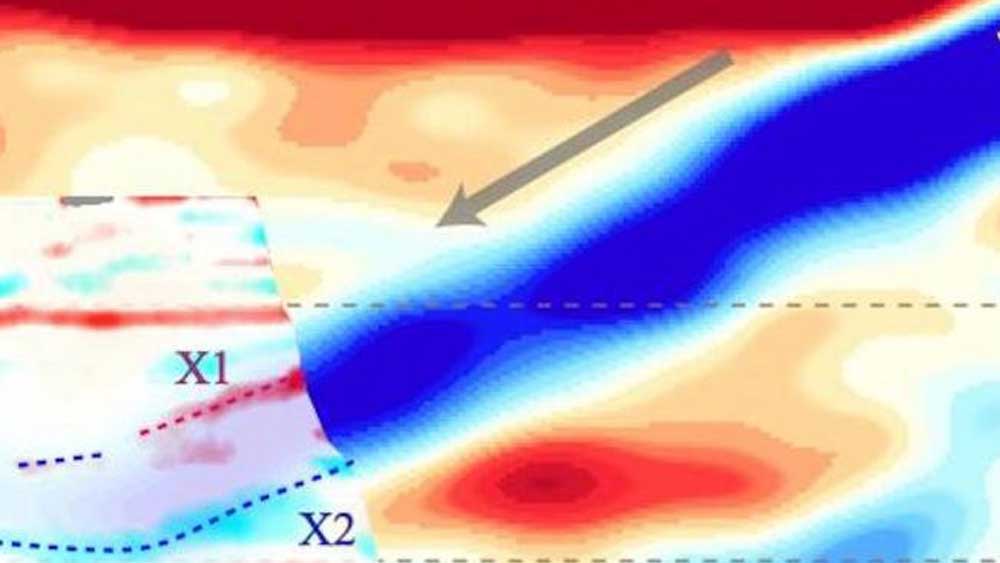
Plate Beneath China Verifies Rapid Subduction
The Latest
CREATION PODCAST
Four Moons That Indicate a Young Universe | The Creation Podcast:...
Earth has one moon, but Jupiter has many! What can we learn from our celestial neighbor's satellites? Do they indicate youth?
Host...
Creation Kids: Seeds and Sprouts
by Renée Dusseau and Susan Windsor*
You're never too young to be a creation scientist and explore our Creator's world. Kids, discover...
APOLOGETICS
Christ’s Creativity in Canyon Critters
Grand Canyon animals display many marvelous traits and behaviors as they live life in that harsh habitat. These canyon creatures succeed thanks to the...
Standing Against False Science
I’m Michael Stamp, and I’m in my 12th year as an editor at the Institute for Creation Research. It’s always an encouragement to see...
Oysters and Pre-Flood Longevity
The oyster species Crassostrea virginica, also known as the eastern oyster, is a prized seafood. Research has demonstrated that a fossil version of...
Galápagos Finches: A Case Study in Evolution or Adaptive Engineering?
A group of birds known as Darwin’s finches live in the Galápagos Islands, which are located in the Pacific Ocean 600 miles west of Ecuador....
Hot Springs National Park: Hydrothermal Springs Formed By The...
Hot Springs National Park is located about an hour southwest of Little Rock in the folded Ouachita Mountains of central Arkansas. It is the second smallest...
Why Biology Needs A Theory of Biological Design—Part 2
“Based on a true story” is included by movie producers to add authenticity, importance, and a flair of anticipation. So, my account of how...
Marine Fossil Tapeworm Is Still a Tapeworm
The Flood was both sudden and rapid. The burial of creatures—including delicate plants and soft-bodied animals like jellyfish1—occasionally...
CREATION.LIVE PODCAST
Ask, Seek, and Find with Dr. Brown | Creation.Live Podcast: Episode...
What is truth? Is truth absolute? Is it malleable as sensibilities and cultures shift?
Hosts Trey and Lauren are joined by Dr. Michael Brown to discuss...




